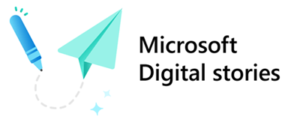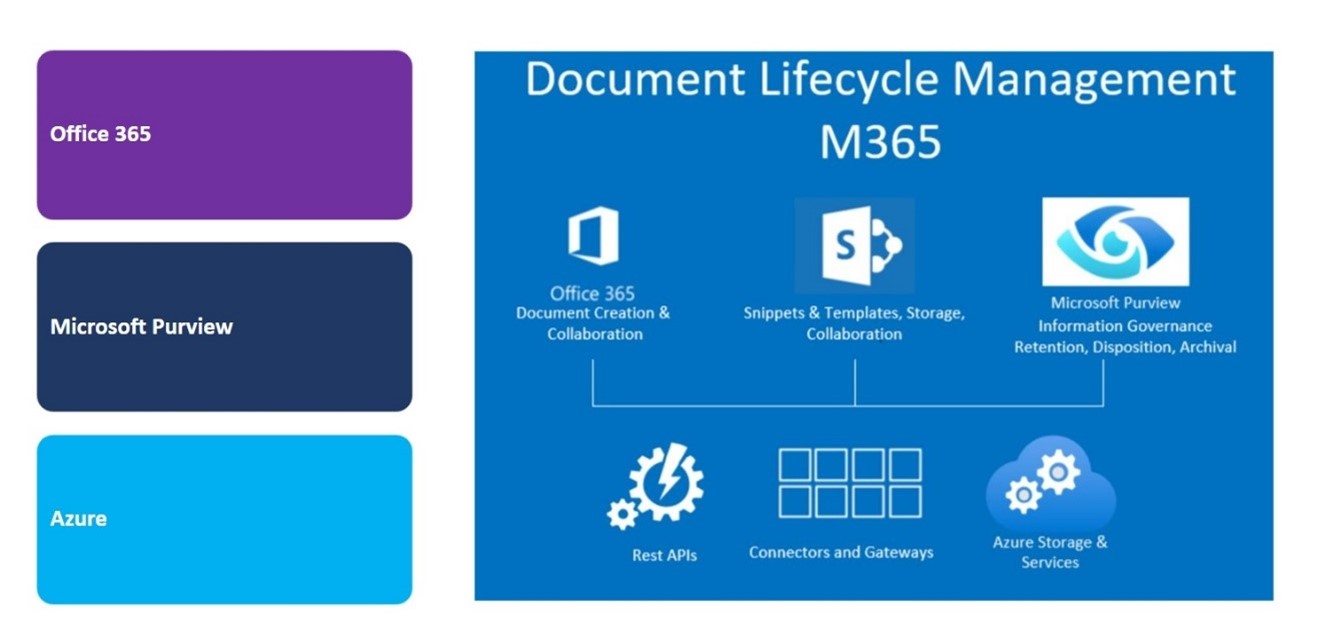
AI is a game changer when it comes to improving how our corporate functions operate. At least that is what we at Microsoft, and many in the tech industry, have been claiming over the past year or so… but where is the proof?
This article is the first in a series dedicated to showing how our Microsoft Digital team, the IT organization here at Microsoft, is collaborating with our internal partners to use AI to accelerate growth and radically improve operational efficiencies, specifically for corporate functions such as HR, legal, and real estate. The hope is that by providing concrete examples and outcomes, we can provide our customers with inspiration, a blueprint, and in some cases, a solution, to do the same.
Within Microsoft Digital, the organization that powers, protects, and transforms the digital experience here at Microsoft, we have the pleasure of working day in and day out with our corporate function partners across the company. From HR and legal, to our real estate team, all are being asked to do more with less, with a focus on keeping operational costs down while maintaining or improving productivity. As a partner to these organizations, it’s our job to find ways to allow them to do just that!
And we’re sure it comes as no surprise that AI has been at the center of all this, playing a fundamental role in transforming business workflows while improving operational efficiency, user productivity, regulatory and corporate compliance, and data-driven decision making.
Over the last year, we’ve seen how it can revolutionize the way our internal corporate functions operate by automating repetitive and time-consuming operational tasks. Let’s look at our internal project, an AI-powered document lifecycle management platform, as one of the first examples of this.

“With AI, we have so many new ways to innovate. From saving valuable time for our legal professionals, to optimizing building occupancy, to helping our HR professionals support employees in the hybrid workplace, to enabling many self-service experiences for our employees; we have incredible potential to make our corporate functions more efficient and impactful,” says Patrice Pelland, a partner software group engineering manager for HR & CELA in Microsoft Digital.
Document management gets a major makeover
Our new AI-powered platform aims to empower our corporate functions teams by revolutionizing end-to-end document management. From crafting templates, authoring documents, and facilitating collaboration to orchestrating seamless workflows, offering secure storage, and managing records, this system uses AI enriched capabilities to bring operational efficiencies, reduce costs, and ensure accurate compliance to any document-based process.
“This platform was developed to address the critical need for end-to-end document management across various verticals within Microsoft,” says Mohit Chand, a principal group engineering manager in Microsoft Digital. “It was created to streamline processes like digitizing documents and address the common pain points that typically makes this activity take months to complete.”
The Microsoft Digital team set out to develop the document lifecycle management platform with six core principles in mind:
- Automation empowerment: Automate document management to enhance productivity and efficiency.
- Seamless integration: Integrate with Microsoft 365 and Azure for a seamless user experience.
- AI-driven innovation: Use cutting-edge AI technology to enhance functionalities in search and analysis.
- User-centric design: Focus on intuitive interfaces that simplify complex functionalities.
- Scalable flexibility: Adapt to the needs of different organization sizes and processes.
- Cost efficiency: Reduce operational costs through optimized document processes.
Transforming our document lifecycle

The team used Microsoft 365, Azure Open AI, Azure Cognitive Services, and Microsoft Purview to create the following system capabilities:
- Template digitization and management: Digitize and manage templates by creating and modifying snippets and operational data fields.
- Secure and controlled editing: Easily manage and update templates and snippets with controlled workflows to ensure only approved and published templates are used.
- Efficient document drafting: Start with standard templates and dynamically assemble documents, incorporating required metadata and content snippets seamlessly in Word.
- Streamlined approval processes: Automate review and approval workflows, integrate eSignatures, and keep everyone updated with real-time notifications and status changes.
- Smart ingestion and storage: Automatically ingest documents, perform validation checks, and securely store them while keeping track of all changes and updates.
- Intelligent content analysis: Extract and use metadata and content snippets for enhanced document classification, improving search capabilities and document retrieval using both keyword and natural language processing (NLP) techniques.
- Automated compliance enforcement: Apply retention labels, manage document lifecycles, and enforce policies to ensure compliance with legal and regulatory standards.
“Our intention after aligning on the core principles and key platform capabilities was to reduce the digitization process from three to six months to less than fourteen days,” says Andrew Voss, a senior product manager in Microsoft Digital. “It was a North Star goal that I’m happy to say has now been achieved for all of our onboarded processes thus far.”

No gaming around: The results speak volumes
One of the first internal organizations to put the new platform to the test was Xbox as they looked to automate one of their most frequent contract types, a critical process for onboarding new games into the Xbox ecosystem. Historically, this process was manual, involving non-digitized templates and redundant data entry across multiple systems, consuming 1,800 hours annually. The manual contract creation process was more than just time-consuming, it could also be error-prone and significantly delay the onboarding of new content and impact service level agreements (SLAs).
In fact, the solution has saved the Xbox team over 1,600 hours resulting in an 88% time savings in the contract generation process, reducing the time it takes for these contracts from 1,800 hours to just 158 hours annually!
“The amount of business impact and return on investment that we’ve been able to deliver by partnering with the Microsoft Digital team has been outstanding,” says Hoss Hostetler, a senior service engineer in Xbox. “The ability to automate initial contract generation from configured templates through to sending out signatures and getting notified of fully signed contracts via application programming interfaces (APIs) has been absolutely game-changing for our team.”
Xbox has been so encouraged by the initial outcome of their results that they are preparing to extend the solution to automate two more of their standard contracts. By doing this, the team is anticipating an additional 600+ hours per year in time savings.
“Our collaboration with Xbox showcases the effectiveness of this solution for optimizing complex business processes,” says Alpa Jain, a senior product manager in Microsoft Digital. “As Xbox continues to expand their use across a wider range of contract types, we are committed to introducing new technical advancements that will contribute to the platform’s growing autonomy, adaptability, and sophistication.”
Making its way to our customers through SharePoint Premium
While the AI-powered platform started as an end-to-end document management solution for our internal Microsoft Corporate Functions teams, many of its capabilities will be showing up in SharePoint Premium. SharePoint Premium is Microsoft’s advanced content management and experiences platform for customers and brings AI, automation, and added security to content experiences, processing, and governance.
This collaboration with the SharePoint team exemplifies Microsoft Digital’s internal innovation being leveraged for external product development. The transfer of knowledge, capabilities, and insights from the internal document management product and Microsoft Digital team is sure to make the SharePoint Premium product much more effective for our customers from the get-go.
“This represents a unique case where Microsoft Digital, as Customer Zero, developed a product to solve the needs and challenges that our internal corporate function customers face, and that solution is now being incorporated into an external customer-facing product,” says Bidyadhar Patra, a principal software engineering manager in Microsoft Digital. “For us, this approach highlights a new way of leveraging internal needs for broader product development.”

Here are some suggestions for how you can take a similar approach to transforming your content lifecycle with AI at your company:
- AI is accelerating corporate functions growth across HR, legal, and real estate through operational efficiency, automated compliance, data-driven insights, and productivity for individuals.
- By using AI and natural language processing, corporate function leaders can digitize templates for any business process, streamline reviews with AI-assisted analysis, and easily govern their documents with considerable time savings results. The document lifecycle management platform, developed within Microsoft Digital, is a great first example of this.
- Don’t fall behind when it comes to AI, the time is now to start experimenting with and using these technologies to improve business results and maximize return on investment.







